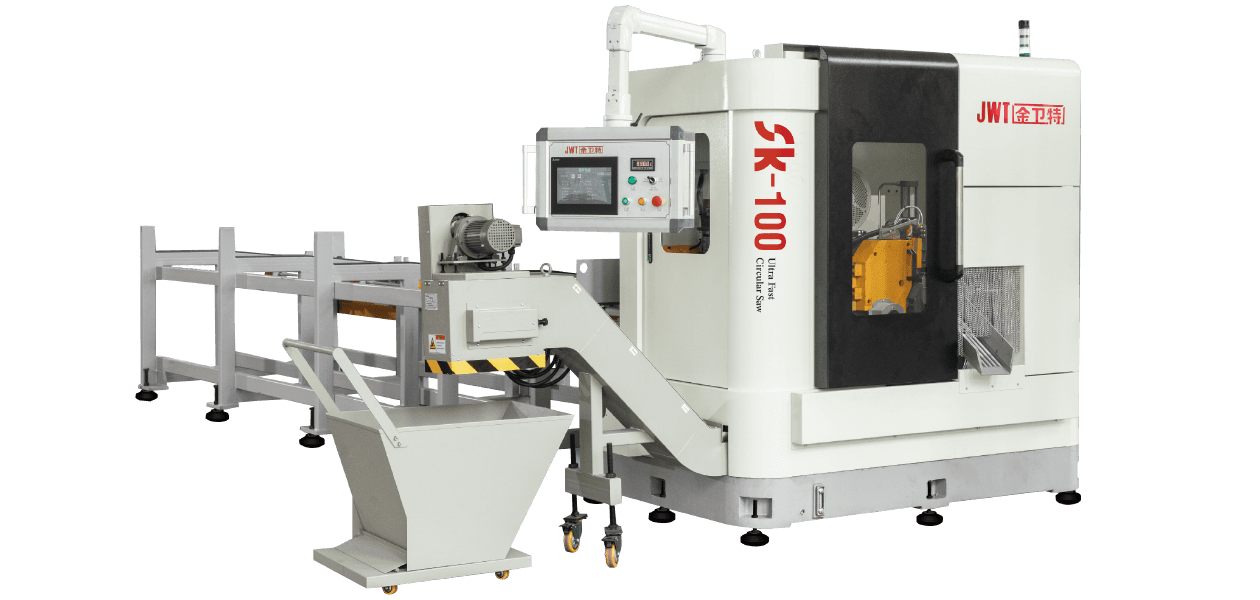Revolutionizing Precision and Speed: The Impact of High-Speed Saw Machines
In the world of industrial manufacturing and woodworking, efficiency and precision are paramount. The high-speed saw machine has emerged as a revolutionary tool that combines both of these qualities in one sleek package. It’s not just another piece of equipment; it’s a game-changer for industries reliant on cutting materials quickly and accurately. From construction sites to furniture workshops, this machine is redefining what’s possible when speed meets precision.
At its core, a high-speed saw machine is designed to cut through various materials—wood, metal, plastic, and composites—with remarkable swiftness. But what truly sets it apart from traditional saws is its ability to maintain accuracy even at elevated speeds. This dual capability stems from advanced engineering, featuring powerful motors, optimized blade designs, and intelligent control systems.
Traditional saws often struggle with balancing speed and precision. Increase the pace too much, and you risk jagged edges or uneven cuts. Slow down too much, and productivity plummets. High-speed saw machines eliminate this trade-off by leveraging cutting-edge technology. For instance, many models incorporate computerized controls that adjust blade speed and feed rate dynamically, ensuring clean cuts without compromising throughput.
Applications Across Industries
The versatility of high-speed saw machines makes them indispensable across multiple sectors. In woodworking, they enable mass production of intricate furniture pieces with minimal waste. Manufacturers can program these machines to execute complex patterns, creating everything from ornate moldings to custom cabinetry with consistent quality.
Metal fabrication benefits equally from these machines. Cutting steel, aluminum, or titanium requires immense power and precision—a task perfectly suited for high-speed saws. With specialized blades designed for metalwork, these machines deliver smooth, burr-free cuts essential for aerospace, automotive, and construction applications.
Even in less obvious fields like plastics manufacturing, high-speed saw machines shine. They handle delicate materials like acrylics and polycarbonates with ease, preventing cracking or melting during the cutting process. This adaptability underscores the machine's universal appeal.

Technological Advancements Driving Performance
Behind every high-speed saw machine lies a suite of technological innovations that push performance boundaries. One key advancement is the integration of diamond-tipped or carbide blades. These materials offer superior durability and heat resistance, allowing the saw to operate at higher speeds without dulling or overheating.
Another breakthrough is the use of variable frequency drives (VFDs). VFDs allow operators to fine-tune motor speed based on material type and thickness. This level of customization ensures optimal performance regardless of the task at hand. Additionally, some high-end models feature laser-guided alignment systems, which project precise cutting lines onto the material surface. This not only enhances accuracy but also reduces setup time significantly.
Automation has further elevated the capabilities of high-speed saw machines. Many modern units come equipped with robotic arms or conveyor systems that streamline material handling. By automating repetitive tasks, manufacturers can focus on more strategic aspects of their operations while boosting overall output.
Environmental and Economic Benefits
Beyond sheer performance, high-speed saw machines contribute to sustainability efforts within the industry. Their precision minimizes material waste, making better use of raw resources. Moreover, energy-efficient motors and smart programming reduce electricity consumption, lowering operational costs and environmental impact.
From an economic standpoint, investing in a high-speed saw machine often pays off quickly. Increased productivity means shorter lead times and greater capacity to take on larger orders. Businesses can meet customer demands faster, enhancing their reputation and competitiveness in the market.



 中文简体
中文简体 русский
русский







